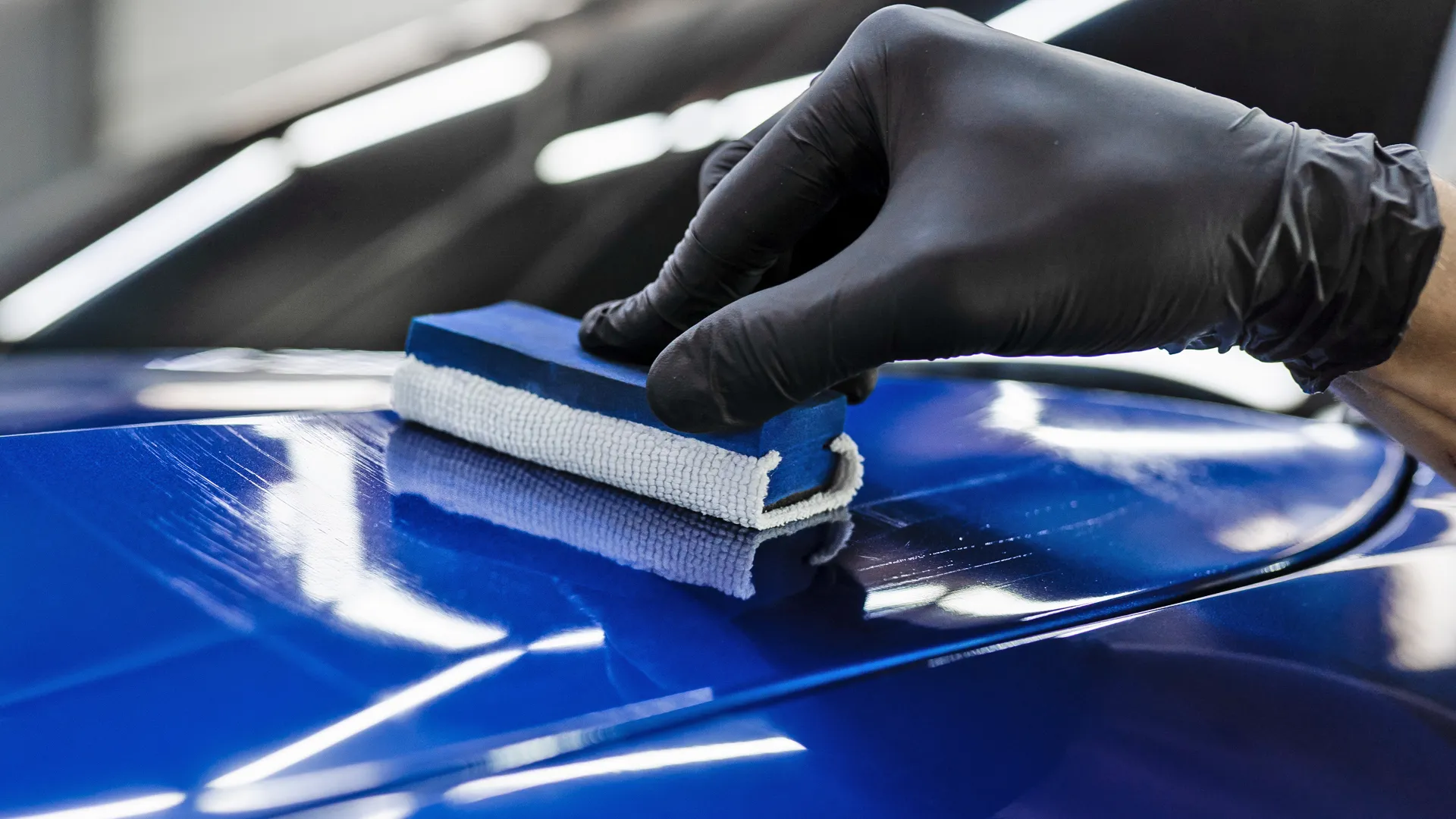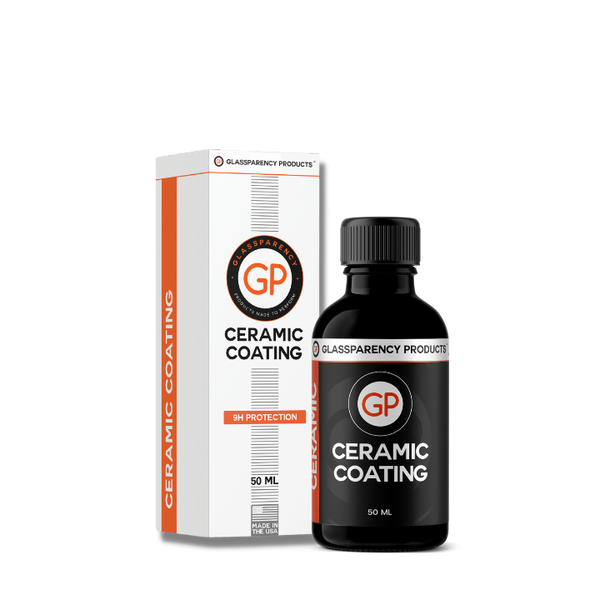Experience a Pristine and Glossier Auto with Best-Rated Ceramic Coating Denver
A Comprehensive Overview to the Sorts Of Ceramic Finishing on the Market
Ceramic layers have actually become an essential remedy across numerous sectors because of their one-of-a-kind properties and applications. From silica-based formulas understood for their robustness to crossbreed options that combine multiple benefits, the selections available can be frustrating. Understanding the nuances of each kind, including their specific benefits and ideal use instances, is important for making educated choices. As we explore the unique characteristics and applications of these finishes, the effects for performance and durability come to be significantly obvious, questioning about which type may ideal suit your needs.
Understanding Ceramic Coatings
Ceramic finishes are innovative safety remedies that have actually obtained appeal in numerous sectors, specifically in auto and aerospace applications. These coatings consist of a fluid polymer that, when healed, creates a sturdy, hydrophobic layer externally of the substratum. This layer supplies improved resistance to environmental contaminants, UV radiation, and chemical direct exposure, consequently prolonging the life and aesthetic allure of the underlying product.
The essential element of ceramic coverings is silica, which adds to their solidity and longevity. The application procedure usually includes surface prep work, application of the finish, and treating, which can be achieved via warm or UV light. When healed, ceramic layers display outstanding bonding residential properties, permitting them to stick highly to a selection of surface areas, including steels, plastics, and glass.
Along with their protective functions, ceramic finishings also supply simplicity of maintenance. Their hydrophobic nature minimizes the adherence of dirt and crud, making cleaning easier and less regular. In general, the fostering of ceramic finishings stands for a considerable advancement in surface area protection innovation, providing both practical and visual benefits across numerous sectors.
Kinds Of Ceramic Coatings
Various types of ceramic layers are available, each made to meet particular efficiency needs and applications. One of the most usual types include:
Silica-based Coatings, these layers mainly include silicon dioxide and are recognized for their resilience and chemical resistance. They are commonly utilized in auto and industrial applications.
Titanium Dioxide Coatings: Prominent for their photocatalytic buildings, titanium dioxide finishes are commonly applied in settings where self-cleaning and antifungal residential or commercial properties are preferable, such as in structure products and automotive surfaces.
Zirconia Coatings are defined by their high-temperature security and thermal resistance, zirconia layers are utilized in applications such as turbine engines and high-performance automotive components.
Alumina Coatings, Exhibiting outstanding firmness and thermal stability, alumina finishings are often utilized in wear-resistant applications, including cutting tools and commercial equipment.
Crossbreed Coatings:Integrating the buildings of numerous products, hybrid finishings provide improved performance characteristics, making them ideal for one-of-a-kind and requiring applications.
Each kind of ceramic finishing serves distinct purposes, permitting customers to choose the most appropriate remedy based upon particular environmental problems and performance needs.
Advantages of Ceramic Coatings

Along with toughness, ceramic layers give exceptional hydrophobic buildings, enabling easy cleansing and upkeep. This water-repellent nature reduces the adherence of dust, gunk, and other pollutants, which can lengthen the aesthetic appeal and capability of the surface. Furthermore, ceramic coverings can considerably enhance thermal resistance, making them excellent for applications that sustain high temperatures.
Ceramic coverings can contribute to power effectiveness by showing heat, which is particularly beneficial in commercial and automotive settings. Generally, the many benefits of ceramic coatings make them a valuable investment for various applications, guaranteeing ideal performance and security.
Application Process
When using ceramic finishings, a precise method is essential to attain ideal results. A tidy surface ensures correct attachment of the covering.
As soon as the surface area is prepped, the next action is to apply the ceramic coating. This can be done utilizing an applicator pad or a microfiber cloth, ensuring even coverage. It is essential to operate in tiny sections to keep control and stop premature curing - Ceramic Coating Denver. The coating needs to be applied in slim layers, as thicker applications can result in uneven surfaces.
After application, the covering requires a particular healing time, generally ranging from a few hours to a complete day, depending on the item. Adhering to these actions faithfully will make the most of the efficiency and durability of the ceramic finish, giving a durable protective like it layer for the surface.
Maintenance and Longevity
To ensure the longevity and effectiveness of a ceramic covering, routine maintenance is necessary. Ceramic coatings, known for their durability and protective qualities, call for details treatment regimens to maximize their lifespan and efficiency. The very first step in maintenance involves regular cleaning with pH-neutral soap, preventing severe chemicals that can degrade the coating. It is advisable to clean the automobile frequently, ideally every 2 weeks, to protect against the buildup of pollutants that could endanger the layer's integrity.
Along with regular cleaning, routine evaluations are crucial. Try to find indicators of wear or damage, such as hydrophobic buildings decreasing or surface area blemishes. A light gloss might be applied to revitalize the finish without removing it view website away. if necessary - Ceramic Coating Denver.
Additionally, the application of a booster spray can improve the layer's hydrophobic effects and restore its gloss. This is especially advantageous for finishes that have actually remained in usage for an extensive period. Ultimately, by adhering to these maintenance practices, one can considerably prolong the life of a ceramic finishing, making sure that it proceeds to supply optimum defense versus ecological variables and preserve the visual allure of the car.

Verdict
To conclude, ceramic their explanation finishes represent a flexible remedy for a series of applications, supplying a variety of types such as silica, titanium alumina, zirconia, and dioxide. Each type provides distinctive advantages, including toughness, self-cleaning residential or commercial properties, high-temperature security, and wear resistance. The application process and recurring upkeep play crucial functions in maximizing the longevity and performance of these finishes. On the whole, ceramic coverings contribute considerably to improving the longevity and functionality of various surfaces throughout numerous sectors.
Ceramic layers have actually emerged as a critical solution across numerous markets due to their unique properties and applications.Ceramic coverings are advanced protective solutions that have acquired appeal in various industries, particularly in aerospace and automobile applications. Ceramic finishings can dramatically boost thermal resistance, making them suitable for applications that endure high temperature levels.
Generally, the various advantages of ceramic finishings make them a useful investment for various applications, making sure optimum performance and security.
In conclusion, ceramic layers represent a functional option for an array of applications, providing a selection of types such as silica, titanium zirconia, alumina, and dioxide.